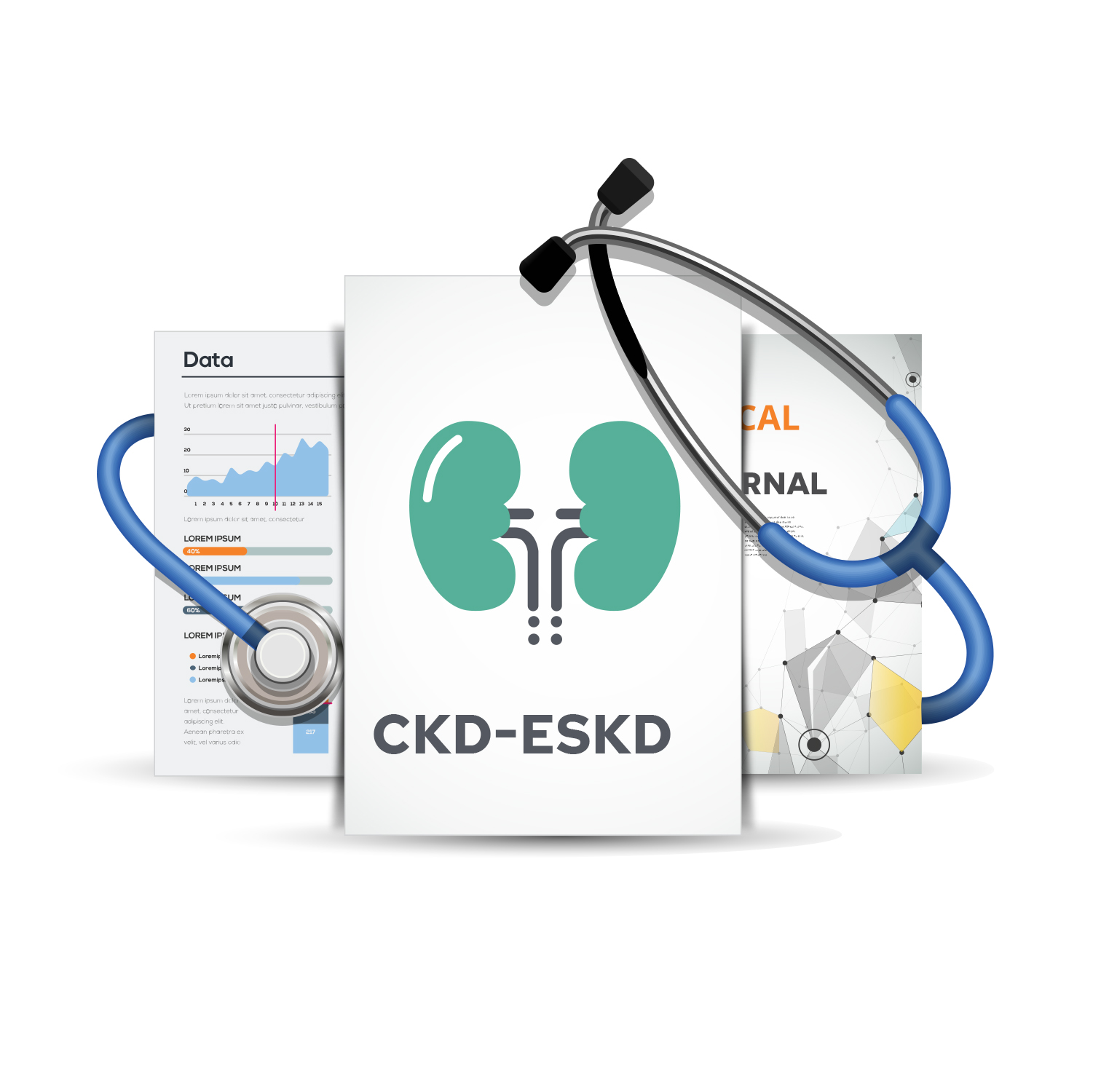
Review key nutritional parameters, such as albumin, phosphorus and calcium that may affect dialysis patient outcomes.

Diffusion is a therapy that removes water and toxins from the body. Dialysis is typically applied in patients with acute or chronic kidney failure.

Review the common statistical terms and provide understanding of the most commonly used statistical methods.

These articles are not a math primer, but point to a few areas where we require some familiarity with mathematics over and above that which gets us through the weekend shopping.

Consideration of residual renal function (RRF) is crucial in formulating a peritoneal dialysis (PD) prescription.

This section will discuss various hemodialysis regimens and extracorporeal modalities.

These articles will provide general overview of potential biochemical and clinical benefits of hemodiafiltration, including the role of the convection volume.

These articles will provide general overview and potential benefits of home hemodialysis and establishing home program management.

The primary goal of chronic HD vascular access is to provide repeated access to the circulation with minimal complications.

Complications of hemodialysis (HD) access create significant problems for renal practitioners, the healthcare system and especially for individuals living with end stage renal disease.

Review Kt/V and factors that affect Kt/V in hemodialysis.

Many modern dialysis machines offer options for ultrafiltration (UFP) and sodium profiling (or sodium variation system [SVS]).

Intradialytic complications of HD can be categorized according to their severity.

Peritoneal dialysis has its roots in the early civilizations, when the existence of the peritoneum was recognized.

The anatomy of peritoneum and physiology of peritoneal transport are described in these articles to help understand the basic principles of Peritoneal Dialysis (PD).

This section contains articles related to peritoneal transport including testing methods, transport status classification, and changes in peritoneal membrane function after PD exposure.

This section contains articles related to achieving peritoneal dialysis adequacy such as PD prescription, dose, volume, and monitoring PD patients.

Volume control and achieving adequate ultrafiltration in peritoneal dialysis are discussed in this section.

These articles will provide an overview of infectious and non-infectious complications of peritoneal dialysis.

This section will discuss peritoneal dialysis access including types of PD catheters, placement, pre, intra, and post-operative managements, and complications of PD catheter.

This article will discuss overall mortality trends and clinical factors that influence mortality in HD and PD patients.

These articles will discuss general overview of diabetes and the use of peritoneal dialysis in diabetic patients.

These articles will provide general overview and potential benefits of home hemodialysis and establishing home program management.
